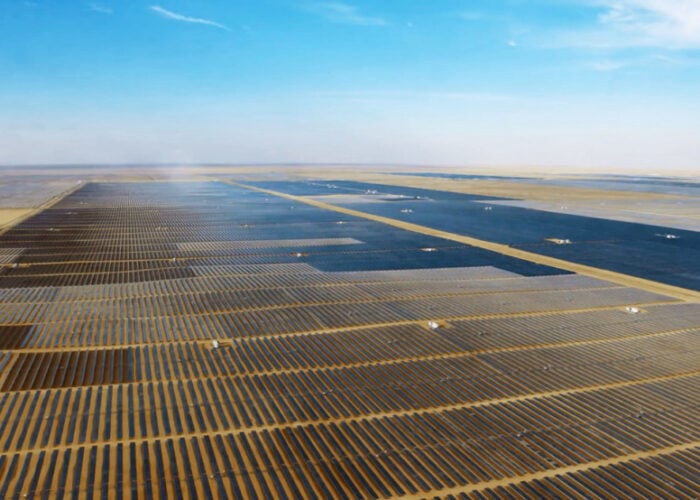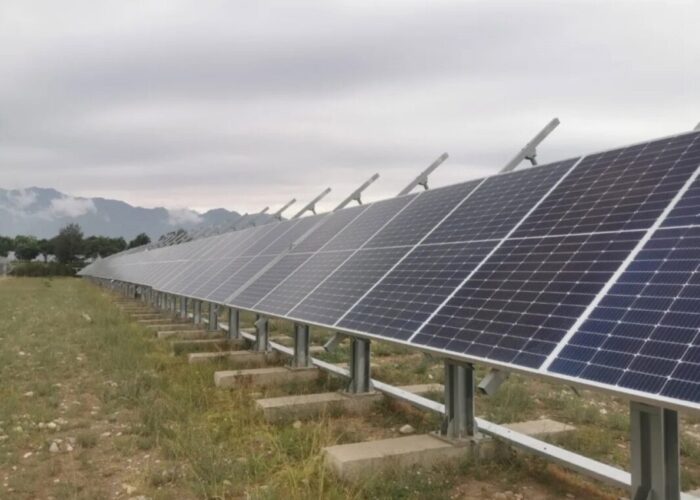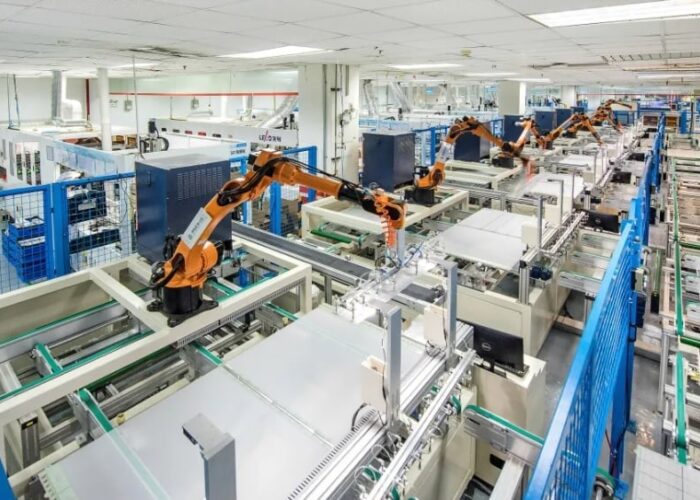
Earlier this year, JA Solar launched its first n-type PV module, available in three variants and suitable for residential, commercial and utility-scale applications.
Based on 182 wafers, the DeepBlue 4.0 X is the result of extensive research and development, with JA and certification company TÜV NORD carrying out a one-year energy yield test to verify the power generation performance of the product.
Try Premium for just $1
- Full premium access for the first month at only $1
- Converts to an annual rate after 30 days unless cancelled
- Cancel anytime during the trial period
Premium Benefits
- Expert industry analysis and interviews
- Digital access to PV Tech Power journal
- Exclusive event discounts
Or get the full Premium subscription right away
Or continue reading this article for free
Tang Kun, director of the company’s product technology department, discussed the benefits of the new module and the latest PV technology trends with PV Tech.
What sets the DeepBlue 4.0 X apart from your competitors?
Tang Kun: DeepBlue 4.0 X applies the most advanced passivated contact cell technology (Bycium+) and JA-patented GFI (gapless flexible interconnection) technology, making it the most competitive n-type module product in the current market.
As a result of several years of extensive R&D and exploration, the product offers enhanced power and efficiency, raising the former by 5-10W (in the case of the 182-72c version) and the latter by 0.4%. Combined with reliable quality assurance, DeepBlue 4.0 X can deliver increased power plant revenue for customers.
Which markets is it most suited for?
Deepblue 4.0 X has a wide range of applications due to its excellent performance across a variety of scenarios. For example, its outstanding temperature coefficient enables better power generation performance in power plants with higher ambient temperatures, its higher bifaciality delivers improved results for utility-scale plants and its excellent weak light response also increases a plant’s effective working time.
We also have multiple products for different application scenarios. 182-54c modules (black and white) are designed for the residential rooftop market, with the 72c and 78c modules more suited for industrial rooftops and utility-scale projects. This flexibility makes Deepblue 4.0 X suitable for most markets around the world, delivering more substantial and reliable returns for customers.
What module technology trends has JA identified moving forward? What is going to be dominant in 2025, for example?
A variety of cell technologies are currently appearing on the market, such as TOPCon, HJT, back contact and even perovskite technology, as well as high density technology, BOM material innovations and innovative designs tailored for specific scenarios.
JA has always viewed the fundamental needs of customers as its responsibility, constantly exploring new cell and module technologies to reduce the cost per watt of electricity and improve the long-term stability of power plants. The company also actively conducts R&D into other customer requirements such as aesthetics, lightweight and green products.
We believe that the future market will present a variety of technologies, each seeking to differentiate itself from the others and evolve to meet the changing needs of customers.






